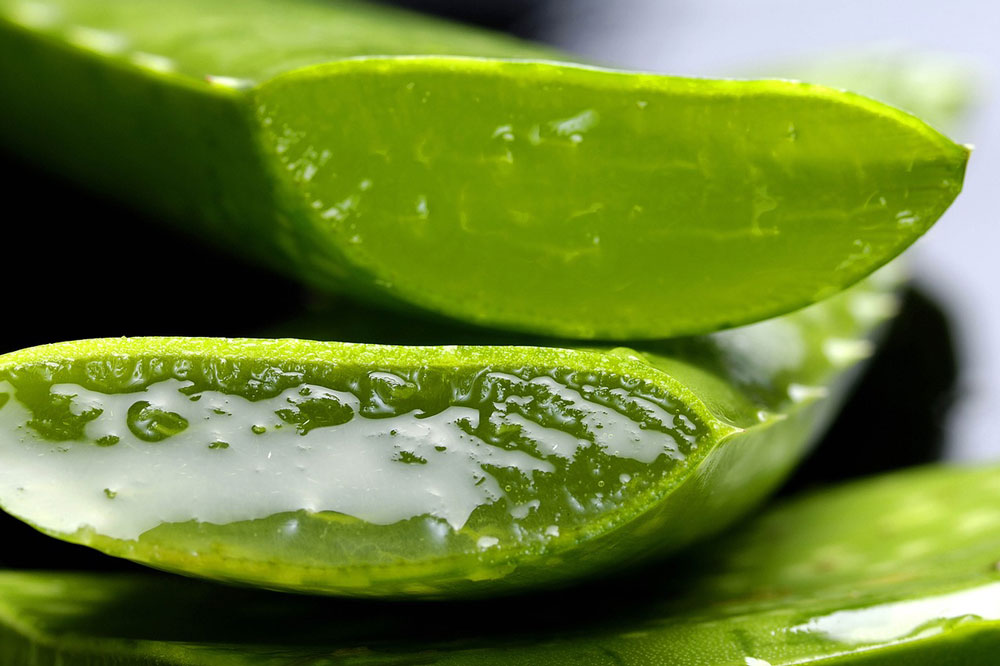
Aloe vera, revered for its medicinal properties and ornamental appeal, is a versatile succulent plant that requires careful handling to maintain its health and vitality. While harvesting aloe vera leaves is a common practice for accessing its gel and promoting plant growth, improper cutting techniques can harm the plant. This article explores the anatomy of aloe vera, proper cutting techniques, and post-harvest care practices to ensure the well-being of the plant.
I. Introduction to Aloe Vera
A. Importance and Benefits
Aloe vera is celebrated for its myriad health benefits, including soothing sunburns, moisturizing skin, and promoting digestive health. Its gel-like substance contains vitamins, minerals, and antioxidants that contribute to its therapeutic properties, making it a staple ingredient in skincare products and natural remedies.
B. Common Misconceptions
Despite its popularity, there are misconceptions surrounding the proper care and harvesting of aloe vera plants. Some individuals may unknowingly harm the plant by incorrectly cutting its leaves or neglecting its specific growth requirements. Clarifying these misconceptions is essential for promoting responsible aloe vera cultivation.
C. Sustainable Harvesting Practices
Adopting sustainable harvesting practices is crucial for preserving aloe vera populations and promoting ecological balance. By minimizing damage to the plant during harvesting and implementing proper care techniques, individuals can enjoy the benefits of aloe vera while ensuring its long-term viability in natural and cultivated environments.
II. Understanding Aloe Vera Anatomy
A. Structure of Aloe Vera Leaves
1. Leaf Composition
Aloe vera leaves consist of three main layers: the outer rind, the inner gel, and the central vascular bundle. The gel, located beneath the protective rind, contains the plant’s active compounds and moisture reserves, while the vascular bundle transports nutrients throughout the leaf.
2. Protective Mechanisms
Aloe vera leaves are equipped with specialized structures, such as thick epidermal layers and bitter-tasting compounds, to deter herbivores and minimize water loss. These adaptations help the plant thrive in arid environments and protect it from environmental stressors.
B. Growth Patterns
1. Root System
Aloe vera plants possess shallow, fibrous root systems that spread horizontally in search of moisture and nutrients. While resilient, the roots are susceptible to damage from excessive moisture or disturbance, emphasizing the importance of careful cultivation practices.
2. Leaf Regeneration
Aloe vera exhibits remarkable regenerative capabilities, allowing it to recover from leaf damage and continue growing. By understanding the plant’s growth patterns and regenerative processes, individuals can minimize the impact of harvesting on overall plant health.
III. Proper Techniques for Cutting Aloe Vera
A. Tools and Equipment
1. Sharp Knife or Shears
Use a clean, sharp knife or shears to cut aloe vera leaves, ensuring smooth, precise cuts that minimize damage to the plant. Dull or dirty tools can tear the leaves and introduce pathogens, increasing the risk of infection.
2. Clean Cutting Surface
Prepare a clean cutting surface, such as a cutting board or sterilized work area, to prevent contamination and maintain plant hygiene during the cutting process. Sanitize tools and surfaces between uses to reduce the risk of cross-contamination.
B. Selecting Mature Leaves
1. Visual Indicators
Choose mature leaves for harvesting, as they contain the highest concentration of beneficial compounds and are less prone to damage. Look for leaves that are thick, firm, and vibrant green in color, indicating optimal gel content and nutritional value.
2. Healthy Leaf Characteristics
Inspect leaves for signs of damage, disease, or dehydration before cutting. Avoid harvesting leaves with discoloration, spots, or softening, as these may indicate underlying health issues or compromised nutritional quality.
C. Cutting Process
1. Angle and Location
Cut aloe vera leaves at an angle, close to the base of the plant, to facilitate proper drainage and minimize water accumulation in the cut area. Choose leaves from the outermost portion of the plant to encourage new growth and maintain plant symmetry.
2. Minimal Damage Approach
Practice a minimal damage approach when cutting aloe vera leaves, aiming to preserve as much of the leaf structure as possible. Make clean, diagonal cuts to minimize stress on the plant and promote efficient healing and regrowth.
IV. Care After Cutting Aloe Vera
A. Healing and Sealing Wounds
1. Natural Antimicrobial Properties
Aloe vera gel possesses natural antimicrobial properties that help protect cut surfaces from infection and promote healing. Apply fresh aloe vera gel to the cut area immediately after harvesting to seal the wound and prevent moisture loss.
2. Aloe Vera Gel Application
Utilize harvested aloe vera gel for topical applications, such as soothing sunburns, hydrating skin, or treating minor wounds. Store excess gel in a clean container in the refrigerator for extended shelf life and continued use.
B. Allowing Time for Recovery
1. Avoiding Stress on the Plant
Minimize stress on the aloe vera plant after cutting by providing optimal growing conditions and avoiding excessive handling or disturbance. Allow the plant time to recover and redirect resources towards new growth and healing.
2. Monitoring Growth and Health
Monitor the growth and health of the aloe vera plant following cutting, observing for signs of new leaf growth, root development, and overall vitality. Adjust care practices as needed to support the plant’s recovery and continued well-being.
C. Utilizing Harvested Leaves
1. Proper Storage Techniques
Store harvested aloe vera leaves in a cool, dry place away from direct sunlight to maintain freshness and prevent spoilage. Wrap individual leaves in paper towels or breathable fabric to absorb excess moisture and prevent mold growth.
2. Practical Applications
Utilize harvested aloe vera leaves for various practical applications, including skincare, haircare, and medicinal purposes. Extract gel as needed for immediate use or freeze excess gel in ice cube trays for convenient storage and future use.
V. Conclusion
Properly cutting aloe vera plants requires an understanding of their anatomy, growth patterns, and regenerative capabilities. By adopting responsible harvesting techniques and providing post-harvest care, individuals can enjoy the benefits of aloe vera while ensuring the continued health and vitality of their plants.




